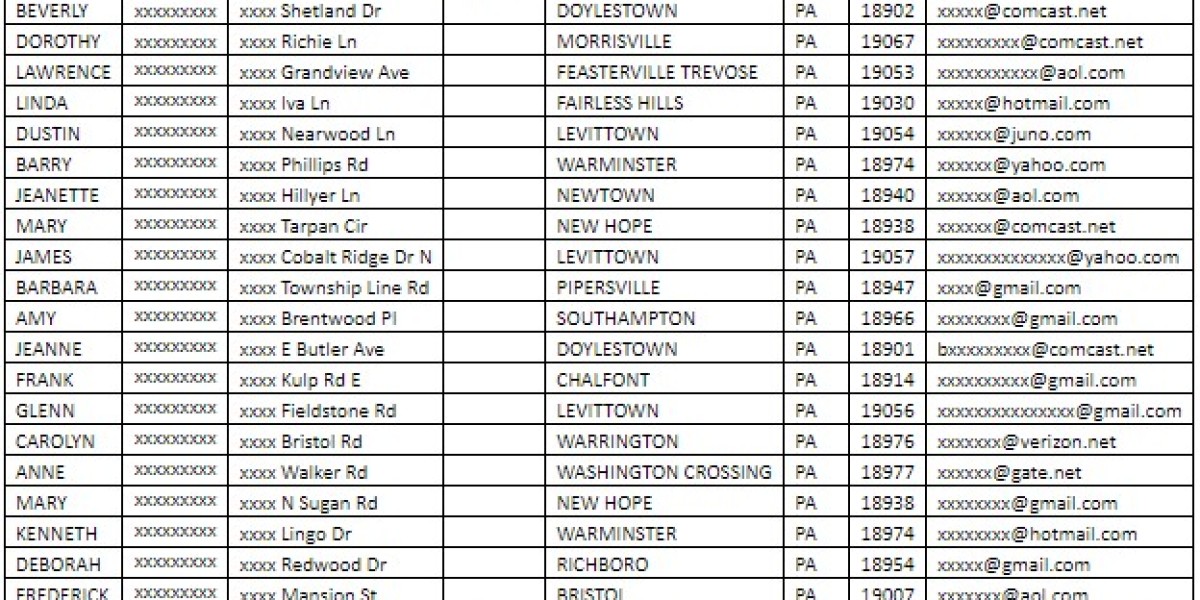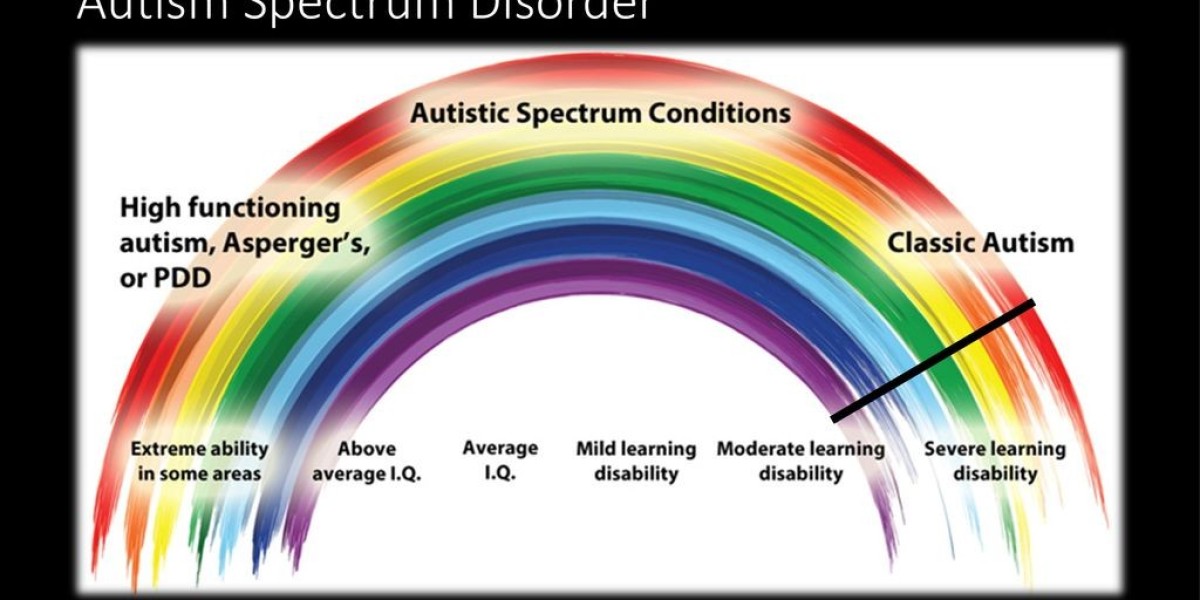Upgrading your home's blinds and shades to motorized versions can significantly enhance convenience, style, and even energy efficiency. Whether you're looking to control your window treatments with a remote, a smartphone app, or voice commands, motorizing your existing blinds and shades is a fantastic solution. This guide will walk you through everything you need to know about motorizing your window treatments.
1. Why Motorize Your Existing Blinds and Shades?
Motorizing your blinds and shades comes with several benefits:
- Convenience: Easily control your window treatments with the push of a button or voice command.
- Energy Efficiency: Automate blinds to open and close based on the time of day or temperature, reducing energy costs.
- Security: Schedule blinds to open and close when you're away, giving the impression that someone is home.
- Style: Achieve a sleek, modern look without the clutter of cords and manual controls.
2. Types of Motorized Blinds and Shades
There are several types of motorized window treatments available:
- Roller Shades: These are popular for their clean look and easy operation.
- Roman Shades: Offer a more traditional look but can still be motorized for modern convenience.
- Venetian Blinds: Horizontal slats that can be tilted or fully opened/closed with motorization.
- Cellular Shades: Known for their energy efficiency, these shades can also be motorized for added convenience.
3. How to Motorize Your Existing Blinds and Shades
Motorizing your existing window treatments is easier than you might think. Here's how you can do it:
a. Check Compatibility
Not all blinds and shades can be motorized, so the first step is to check if your current setup is compatible with motorization kits. Most roller, cellular, and some Venetian blinds can be motorized.
b. Choose the Right Motorization Kit
Motorization kits come in different forms, including:
- Battery-Powered Motors: Easy to install, ideal for retrofitting existing blinds.
- Plug-in Motors: Require a nearby power outlet and are more powerful.
- Solar-Powered Motors: An eco-friendly option, though it may not be suitable for all window placements.
c. Install the Motor
Follow the instructions provided with your motorization kit. Generally, the steps include:
- Remove the blinds or shades from the window.
- Attach the motor to the headrail of your blinds or shades.
- Reinstall the blinds or shades.
- Connect the motor to the power source.
d. Program the Controls
Most motorization kits come with remote controls or apps that allow you to program when and how your blinds operate. Some even integrate with smart home systems like Alexa, Google Home, or Apple HomeKit.
4. Cost of Motorizing Blinds and Shades
The cost of motorizing your blinds and shades can vary widely based on the type of blinds, the motorization system you choose, and the size of your windows. Here’s a rough estimate:
- Battery-Powered Kits: $100 - $300 per window.
- Plug-in Motors: $150 - $400 per window.
- Solar-Powered Kits: $200 - $500 per window.
- Professional Installation: Add $50 - $150 per window for professional installation if you're not doing it yourself.
5. DIY vs. Professional Installation
While motorizing your blinds can be a DIY project, some people prefer to hire a professional, especially for more complex systems or larger windows. If you're comfortable with basic tools and following instructions, DIY can save you money. However, a professional can ensure the job is done quickly and correctly, with minimal disruption to your home.
6. Integrating Motorized Blinds with Smart Home Systems
One of the best features of motorized blinds and shades is their ability to integrate with your smart home system. Here’s how you can connect them:
- Smart Hub: Most systems will require a smart hub like Samsung SmartThings or Apple HomeKit.
- Voice Control: Integrate with Amazon Alexa, Google Assistant, or Siri for voice control.
- Automation: Set schedules or use sensors to automate blinds based on time of day, sunlight, or room temperature.
7. Maintenance Tips for Motorized Blinds and Shades
Maintenance is relatively simple for motorized blinds:
- Keep them clean: Dust regularly with a microfiber cloth.
- Check the batteries: If you’re using battery-powered motors, replace them every year or as needed.
- Inspect the motor: Periodically check the motor for any signs of wear or issues.
8. Popular Brands for Motorization Kits
Some of the top brands offering motorization kits for blinds and shades include:
- Somfy: Known for high-quality motors compatible with a wide range of blinds.
- Lutron: Offers sophisticated, smart home-compatible motorization systems.
- Hunter Douglas: Provides a variety of motorized window treatments and controls.
- Ikea: Offers budget-friendly motorization options for their blinds.
9. Potential Challenges and How to Overcome Them
Motorizing your blinds can come with a few challenges, including:
- Compatibility Issues: Ensure your existing blinds are compatible with the motorization kit.
- Power Supply: Consider how you'll supply power to the motor (battery, plug-in, or solar).
- Installation Difficulties: If the installation process is too complex, consider hiring a professional.
10. Conclusion: Elevate Your Home with Motorized Blinds and Shades
Motorizing your existing blinds and shades is an excellent way to upgrade your home’s functionality and style. With various motorization kits available, you can find an option that suits your needs and budget. Whether you choose to DIY or hire a professional, the result will be a modern, convenient, and energy-efficient window treatment solution that enhances your home’s overall appeal.








